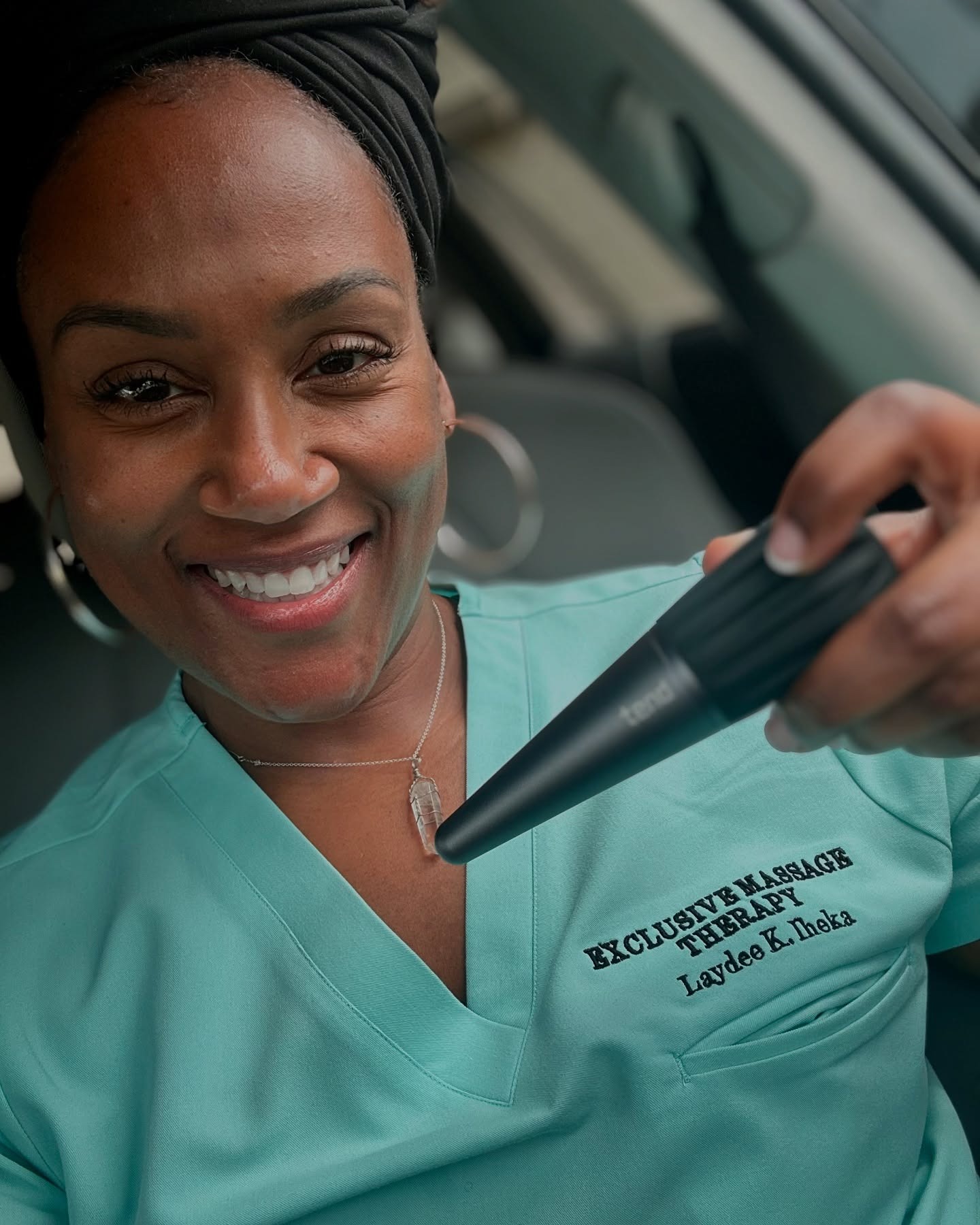By Bradley Blair, Osteopath
When you’ve been treating people as long as I have—nearly two decades across five countries—you learn two things pretty fast. First: most people wait until they’re in a lot of pain before they do anything about it. And second: keeping things simple usually works best.
My clinic in New Zealand is full of people from all walks of life: office workers, athletes, and busy parents, all just trying to move without pain. Some come in with recurring issues, some with new injuries, and others just want to know what they can do to stay healthy and mobile. That’s where prevention comes in.
Prevention Doesn’t Have to Be Complicated
I don’t believe in overcomplicating things. If someone’s joints are stiff, their muscles are locked up, and their nervous system is overreacting, my job is to get things moving again, calm things down, and help their body do what it’s meant to do. Whether I’m using my hands, dry needling, exercise guidance, or tools like Tend, the goal is the same: reduce pain, restore function, and help people trust their own movement again.
The Patterns I See Most
Most people I treat are dealing with the same handful of issues. There’s back pain from sitting too much or moving badly, neck and shoulder tension from tech use or stress, and repetitive strain problems like tendinopathies. What these all have in common is that they build up over time. That makes them incredibly treatable if you catch them early, but frustratingly persistent if you ignore them.
For me, prevention starts with education. If I can help someone understand where their pain is coming from and give them the right tools to work on it themselves, they leave with more than just temporary relief. They leave with confidence.
Why I Use a Mix of Tools (And Where Tend Fits In)
Over the years, I’ve built up a toolkit in the clinic that I can draw from depending on the person in front of me. That might include manual therapy, dry needling, or rehab exercises. Some people respond best to hands-on work, others need something gentler.
That’s where Tend really shines. I first came across it on Instagram, gave it a try, and was impressed right away. It’s different from massage guns. It doesn’t overwhelm the body. It offers a precise, controlled vibration that calms the nervous system and helps muscles release without the discomfort. I’ve used it with nervous patients, kids, athletes, and people who’ve had bad experiences with more aggressive treatments. It earns trust quickly.
I like it because it bridges the gap between what I do in the room and what my clients can do at home. If someone walks out of my clinic feeling better but doesn’t know how to maintain that feeling, then I haven’t done my job fully. Tools like Tend help people continue the work themselves, safely and consistently.
Final Thoughts
Most people don’t want to become experts in rehab. They just want to get back to doing the things they enjoy without pain. That’s where I come in. My job isn’t to make things complicated. It’s to make people feel better and give them a simple, effective plan to stay that way.
If you’re looking for something that can support your recovery, ease tension, and help you stay in control of your body, Tend is a great place to start. It’s part of the daily rhythm in my clinic, and for good reason.








